Sahara Secrets:The Hidden Treasure in the World’s Largest Desert
Table of Contents
The Great Expanse of the Sahara Desert
In the conception of people on deserts, the picture is vast rolling dunes of golden sands. Now stretch that vision to 9.2 million square kilometers, and here you are in the world’s largest hot desert, the Sahara. Stretching across 11 countries, from Algeria in the north to Libya, Egypt, and Mali in the south, the Sahara is an elemental wonder. The Sahara is not just a sea of sand dunes but also a place full of secrets, full of history, and full of natural beauty just waiting to be discovered.
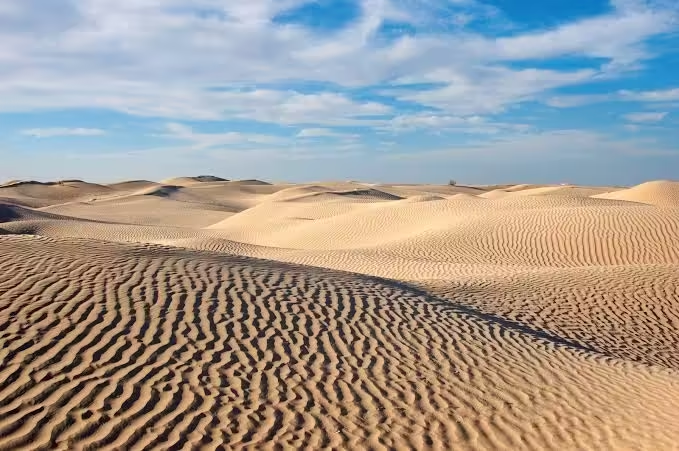
While it has the limitless desert dunes shown in films, the Sahara encompasses mountain ranges and valleys as well as lakes, depicting its diverse ecosystems and cultural heritage.
A History of Time: History of the Sahara Desert
History of Ancient Civilizations in the Sahara Desert
The Desert wasn’t always a desert. Long before it became what it is today, it was initially a lush landscape conducive to ancient human settlements long before that. Yes, the Sahara was not always this expanse of desert. Thousands of years ago, it was still fertile with lakes, rivers, and wild game. This is reflected in the lost cities and ancient artifacts dug up by the sands. Garamantes, for one, were an advanced civilization thriving in what is now modern-day Libya.

Trade Routes and the Role of the Sahara in Ancient Trade
Its role in the history of trade makes it one of the most important aspects. Surely, these old trans-Saharan routes bound North Africa to sub-Saharan Africa and encouraged the exchange of things such as gold, salt, and ivory. It also introduced cultural exchanges, which helped disseminate knowledge, religion, and language. Thus, the history of cities such as Timbuktu became constantly interwoven with the desert’s past, intermingle with its past.

The Diverse Landscapes of the Sahara
Beyond the Sand Dunes: What Lies Beneath
Although the Sahara Desert is one associated with sand dunes, it is in fact more geographically diverse than most people think. Bizarrely, mountain ranges such as the Ahaggar and Tibesti lie beneath the surface of its sandy topography-these are ancient volcanic structures swelling dramatically from the desert floor. Its vast plateaus and salt flats are also remnants of old lakes that covered the region at some point.
The Great Sand Sea: An Iconic Landscape
No talk of the Sahara would be complete without mentioning its famous sand dunes. Stretched to more than 72,000 square kilometers between Egypt and Libya, the Great Sand Sea creates a hypnotic landscape of shifting sands. These are constantly shaped by the wind, so constantly changing, making it a dynamic and ever-evolving part of the desert’s charm.
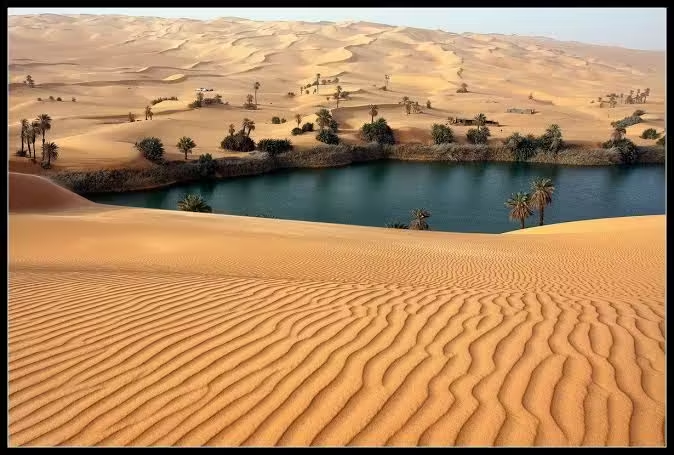
Flora and Fauna of the Sahara
Life in the Harsh Conditions
Rare Plants which thrive there
Still, it is hard to even think of survival in such a dry and stringent region like the Sahara desert, but plants have undergone evolution to survive such strict conditions. Succulents like cactus and drought-resistant acacias are common. They have adopted strange root systems and storage techniques for water to survive the longest barren spells.
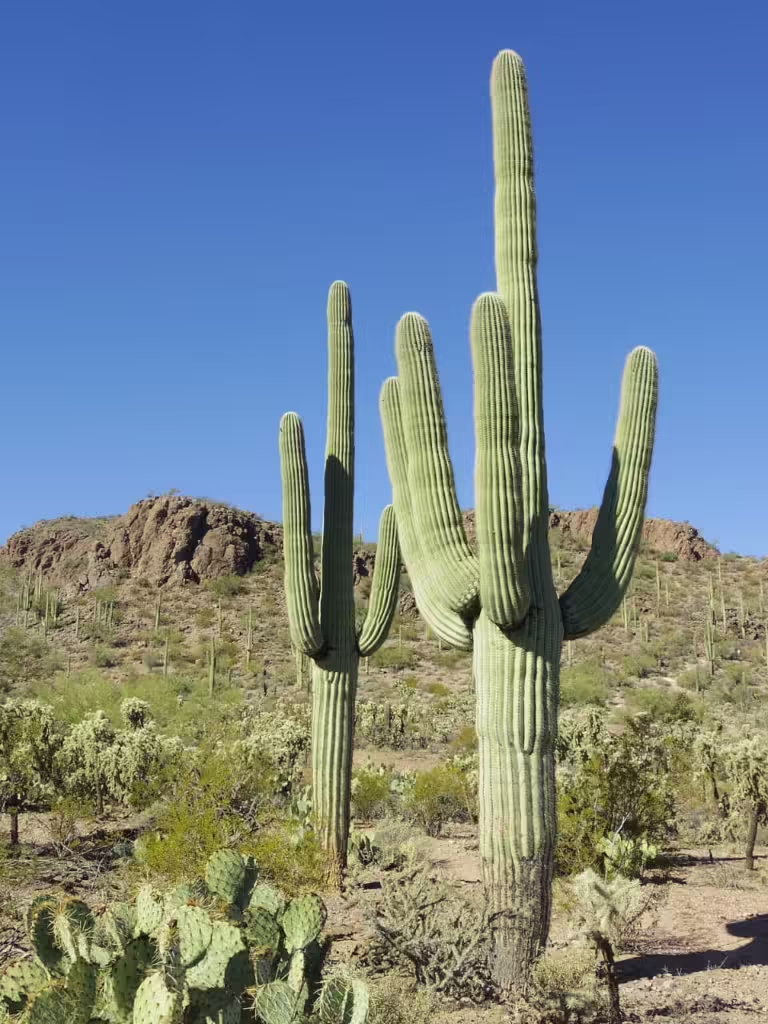
Wildlife in the Sahara
Though the climate is severe, it finds home to some myriad and remarkable wildlife species in this desert area. Among others, the fennec fox, the Saharan silver ant, and the addax antelope do so. These incredible animals have established surviving in the extreme, salty land of this desert to be a conditioned reflex, able to face the temperature, keep water, and hunt for food with the sparse availability.

The Oases: Lifelines in the Desert
Role of Oases in Desert Life
Oases have always played a highly vital role in Sahara survival. Fertile pockets of land, where water rises to the surface naturally, support life and trade. For over a thousand years, nomadic tribes, traders, and caravans depended on oases as resting stops and meeting centers. With these life-giving sources of water, it would have been practically impossible to traverse the Sahara.
Main Oases of the Sahara
The most acclaimed include Siwa in Egypt, Kufra in Libya, and Ghadames in Tunisia. These are not only natural havens but also important cultural and historical landmarks, each of which possesses a rich history of human settlement.

Art in the Desert: Saharan Rock Paintings and Engravings
Ancient Art in the Sahara
Older than those of Europe, the Sahara’s prehistoric art treasures include its rock paintings and engravings-the petroglyphs-spread throughout its rocky and poor landscapes. After thousands of years, reproducing scenes of everyday hunting dancing, and also animals no longer in the region, these works offer insight into the once-lush Sahara.
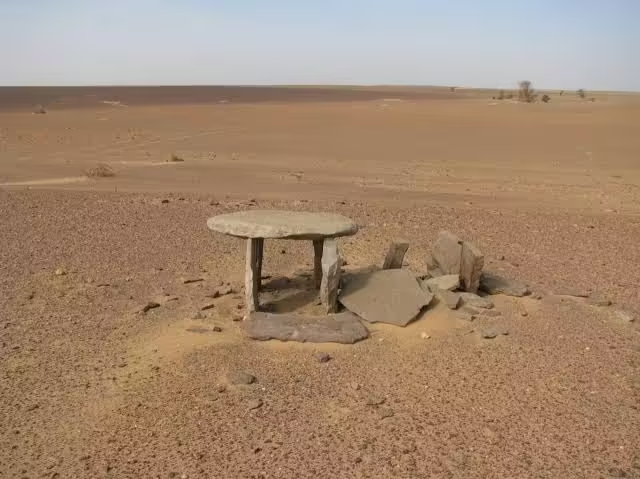
Tribal Cultures of the Sahara
Even to this very day, the desert harbors tribes, like the Tuareg, whose living culture is mixed in with history. Known colloquially as the “Blue Men of the Sahara,” the nomadic Tuareg people are mostly Arabic-speaking and possess a tremendous attachment to the land. Modernity assaults their life as nomads; however, their love for the land is eternal.

Modern-Day Sahara: Nomadic Tribes and Desert Communities
The Tuareg: Guardians of the Desert
Many would label the Tuareg as the most renowned desert nomads. For many centuries, they have known traditions passed down through generations regarding the desert and its mysteries that serve them in navigating and prospering in one of the most hostile places on Earth. Their customs, tongue, and ceremonies give a glimpse of desert life like no other.
Life in the Sahara: Barriers
Though the Tuareg and other desert communities are used to living in the Sahara, modern obstacles such as climate change, scarce water, and political instability have become increasingly harder.
While many nomads are finding it hard to maintain their traditional mode of life, they sometimes have no choice but to migrate to cities to seek better chances.
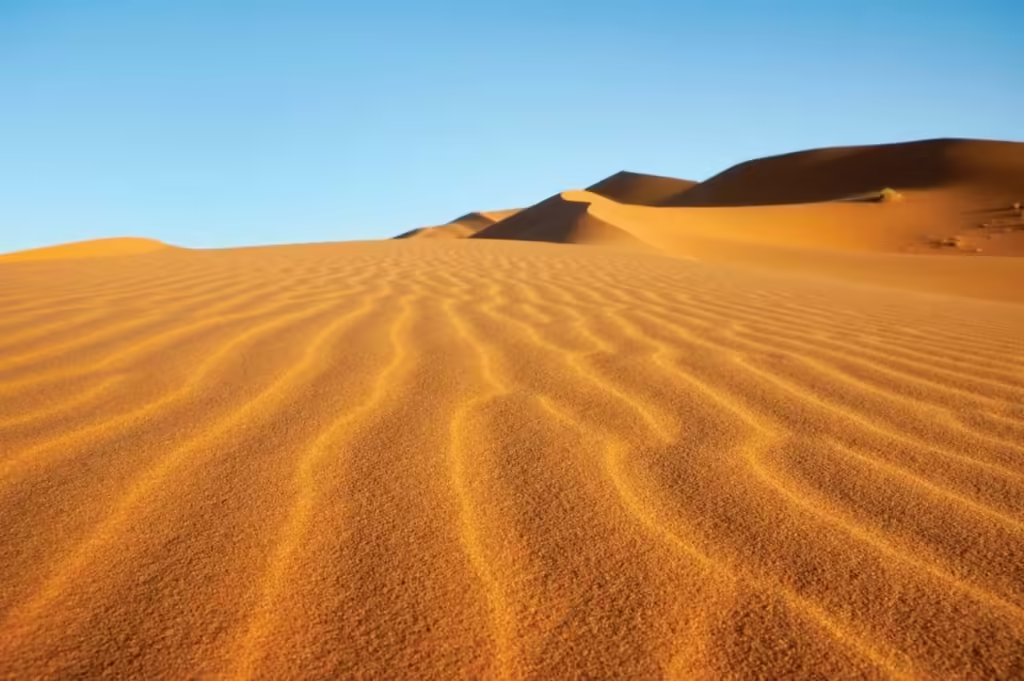
Climate Change and the Sahara
How the Sahara is Growing
Desertification, with desert marginal areas spreading southward into fertile land and threatening the living condition of millions of people, is one of the most hot environmental issues facing the Sahara. Climate change, coupled with intensive unsustainable agriculture, is sowing up the desert with the southward spread.

Efforts to combat desertification include planting trees along the whole northern boundary of Africa, from Senegal to Eritrea; promoting sustainable agriculture in the Sahel area; supporting reforestation, where pristine forests were cut down decades ago; and conducting irrigation projects on behalf of local farmers.
Projects to address it include the Great Green Wall, an effort to stop desert expansion through the planting of trees across the Sahel region. The mega-project has the purpose of restoring degraded landscapes while making sustainable livelihoods relevant for local communities.
The Sahara: The Adventure Begins
Camel Treks and Desert Expeditions
The Sahara is one of the last great frontiers on Earth that remains to be explored. The adventure of trekking across the dunes on a camel by experienced desert nomads can prove to be an intense experience of timeless rhythms of the desert. Such treks take travelers deep into the heart of the Sahara for an experience of breathtaking landscapes untouched by modern civilization.
The Mystique of Desert Nights
Maybe the most magical experience of the Sahara is to spend a night gazing up at the stars. With no light pollution at all, the night sky in the desert is a dazzling sequence of stars and galaxies and constellations. Gazing at the stars of the Sahara makes for peering into the universe itself, a rather humbling reminder of our minute place in the grand scheme.

Unlocking the Secrets of the Sahara
The Sahara is much more than a bare waste of sand. It is an area that is engulfed by historical, cultural, and marvelous nature. Its ancient trade routes and secret oases, unique flora, and fauna were as full of secrets for many centuries. Though the modern issues destroy its ecosystems and traditional ways of life, the Sahara remains one of the most fascinating and mysterious regions on Earth, stuffed with promises of the unknown.
FAQ’S
How large is the Sahara compared with other deserts?
The Sahara is the worlds largest hot desert, covering some 9.2 million square kilometers. It is roughly the size of the United States and bears comparison with any other desert in area.
Can human beings live long in the Sahara?
Yes, humans can and do survive in the Sahara, mainly through a nomadic lifestyle. Survival is still heavily dependent on getting water, familiarity with the environment, and adaptation to extreme conditions.
What are the most dangerous animals found in the Sahara?
While there aren’t so many threats in the Sahara desert coming from dangerous animals, species such as scorpions, the Saharan horned viper, and desert snakes could be a threat, though most of the fauna species of the Sahara have evolved to prevent interaction with humans.
Is there any place where ancient sites might still be undiscovered in the Sahara desert?
Yes, archaeologists do believe there are many undiscovered sites in the Sahara. Shifting sands dig up forgotten artifacts every so often and the desert is a huge area that remains to be dug up.
How are tourists ensured safe visits to the Sahara?
Exploring the Sahara is quite possible by attaching one self to joining an organized tour whereby the expedition is led by an experienced desert guide who takes through all aspects. It is, however very important that one comes well prepared with sufficient water and avoids safari during the scorching hot sun.




